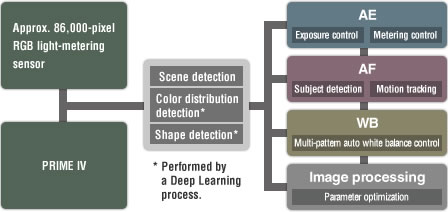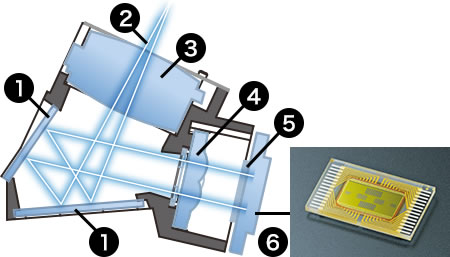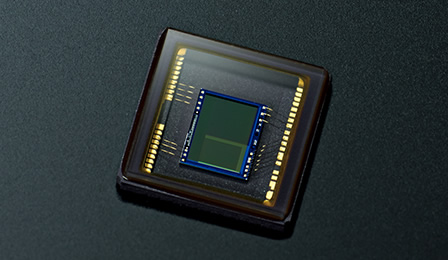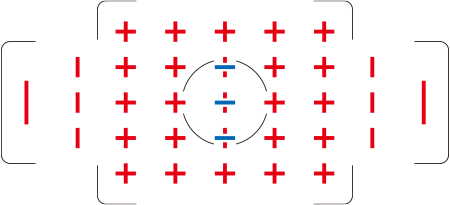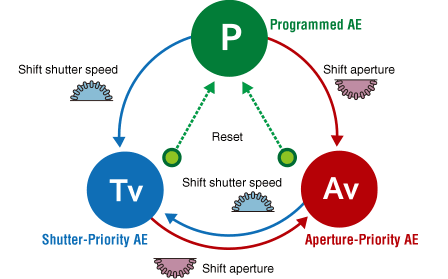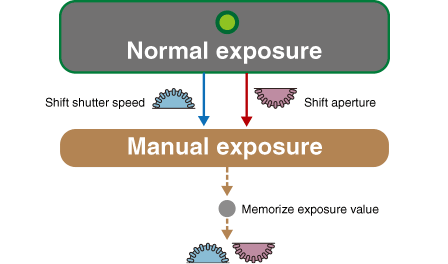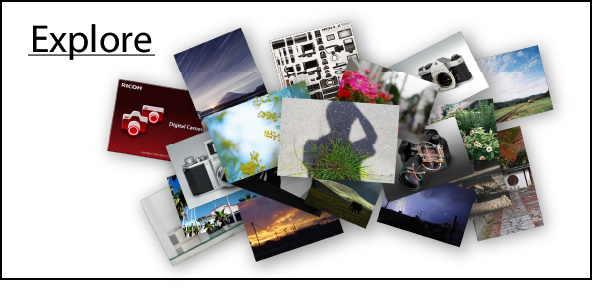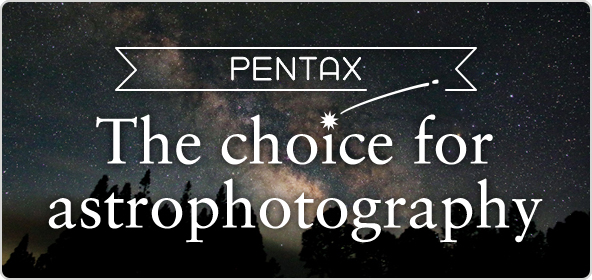1/8000-second high-speed shutter
Exceptional operational accuracy and remarkable durability
The K-1 features an electronically controlled, vertical-run shutter to optimize the performance of the 35mm full-frame image sensor. With a top speed of 1/8000 second, it allows you to open up the aperture, even in bright locations, and take full advantage of the bokeh (defocus) effect created by the large image sensor. It also provides a flash synchronization speed of 1/200 second. Symbolizing the K-1’s field camera concept, this unit is designed to be compact and lightweight, with a well-balanced combination of high-precision operation and outstanding durability.





